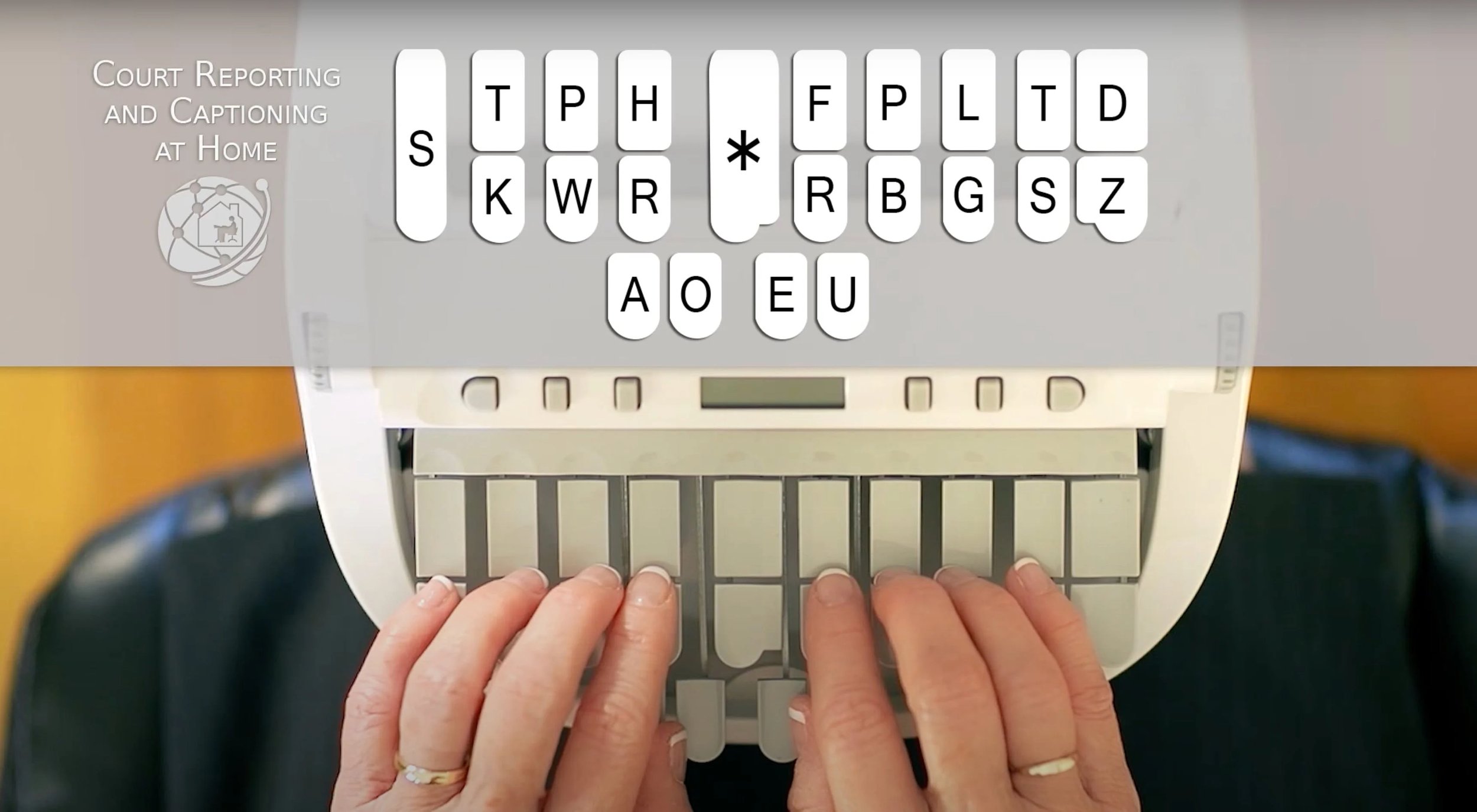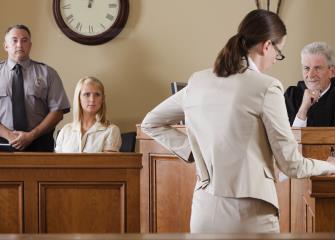Durham court reporting and legal ethics: standards explained
The Value of Court Reporting in Ensuring Accurate Legal Process
Court reporting is a vital element of the legal system. It provides a neutral and accurate document of courtroom tasks. This documents is crucial for charms and lawful research study, guaranteeing that every spoken word is caught properly. The honesty of legal process counts heavily on these records. Nevertheless, the function of innovation and advancing methods increases concerns concerning the future of court reporting and its effect on justice. What changes exist ahead?
The Function of Court Reporters in the Legal System
Stenotype reporter play a vital function in the legal system by providing precise and impartial transcripts of proceedings. Their job assurances that court room discussions, witness testaments, and lawful debates are faithfully documented, working as an official document for future referral. This documentation is crucial for allures, legal study, and preserving the integrity of judicial processes. Stenotype reporter are trained experts competent in stenography and different taping technologies, enabling them to catch talked words with precision. They have to possess an extensive understanding of lawful terms and court procedures, guaranteeing that their transcripts fulfill the requirements called for by the judicial system. In addition, they may supply real-time transcription solutions, enabling attorneys and courts to access information immediately during procedures. By satisfying these obligations, court reporters facilitate openness, responsibility, and the reasonable administration of justice, thus enhancing the foundational concepts of the legal system.
Making Certain Precision in Transcription
Accuracy in transcription is paramount for preserving the integrity of lawful procedures. Stenotype reporter diligently catch every word talked during hearings, depositions, and trials, assuring that the authorities document mirrors the real dialogue and exchanges that occur. This accuracy is important, as also minor errors can lead to significant misunderstandings or misinterpretations of the legislation.
To achieve this degree of precision, court press reporters employ numerous techniques, including active listening and the use of specialized shorthand techniques. Constant training and familiarity with lawful terms also enhance their capability to produce reliable transcripts.
The verification procedure is important; press reporters frequently review their records for potential inconsistencies before last submission. This persistance not only supports the quality of legal paperwork yet additionally supports the judicial procedure, allowing lawyers and judges to reference precise records when making decisions. Eventually, exact transcription fosters count on the legal system and guarantees that justice is offered.
The Effect of Modern Technology on Court Reporting
As innovation remains to evolve, its impact on court reporting has actually come to be increasingly substantial. Digital videotaping systems and speech recognition software have actually transformed conventional techniques, offering brand-new tools for recording spoken discussion. These developments improve effectiveness and access, allowing much faster transcription and real-time reporting. Additionally, cloud-based systems assist in smooth sharing of transcripts, enhancing partnership amongst attorneys.

Ultimately, while innovation enhances the speed and availability of court reporting, it emphasizes browse around this web-site the need for human oversight to preserve the high quality and precision necessary for lawful procedures. As the field continues to adapt, the combination of innovation will play a critical function fit the future of court reporting.

The Significance of Privacy and Stability
Privacy and stability are essential principles that underpin the method of court reporting in legal proceedings (durham court reporting). Stenotype reporter are delegated with sensitive information, needing them to keep discernment and secure the personal privacy of all celebrations included. This privacy fosters a trusting environment where witnesses and plaintiffs can talk openly, making certain that the lawful process is fair and just
Honesty is just as essential; court reporters have to give precise and impartial records, working as the official record of the process. Any type of lapse in stability can cause false impressions, potentially affecting instance results and undermining the judicial system.
Future Patterns in Court Reporting
The landscape of court reporting is progressing in action to technological innovations and the altering needs of the lawful career. Arising trends consist of the integration of fabricated intelligence and real-time transcription solutions, which improve performance and accuracy. Stenotype reporter are progressively utilizing electronic devices, such as cloud-based platforms, permitting for smooth collaboration amongst legal teams and easier access to transcripts.
Additionally, the increase of remote court process has triggered the development of specialized training for reporters in online environments. This shift not just adapts to the demands of a globalized lawful landscape yet also addresses difficulties posed by geographical barriers.
The focus on accessibility is driving advancements in transcription layouts, ensuring that legal papers provide to diverse target markets. In general, the future of court reporting is identified by a mix of typical skills and modern-day technology, positioning reporters as crucial gamers in the lawful procedure.
Often Asked Inquiries
What Qualifications Are Required to Become a Court Reporter?
To end up being a stenotype reporter, people usually need a secondary school diploma, specialized training in court reporting, proficiency in shorthand or voice writing, and certification or licensing, depending on the jurisdiction and details work needs. - durham court reporting
How Do Court Reporters Maintain Their Abilities Over Time?
Stenotype reporter maintain their abilities over time through continuous education and learning, technique, and involvement with specialist companies. They typically go to workshops, use sophisticated innovation, and take part in certification programs to enhance their effectiveness and adjust to advancing criteria.
What Difficulties Do Court Reporters Face in Their Occupation?
Stenotype reporter come across many difficulties, including handling high-pressure environments, adjusting to varied accents and dialects, maintaining technological proficiency, making certain precision under tight target dates, and managing psychologically charged testimonies that might impact emphasis and performance.
Are Court Reporters Involved in Various Other Legal Setups Besides Courtrooms?
Stenotype reporter are certainly associated with different lawful settings past courtrooms, consisting visit the website of depositions, adjudication hearings, and management proceedings. Their proficiency warranties accurate records in these environments, contributing to the clarity and integrity of legal documents.
How Do Stenotype Reporter Take Care Of Stressful Situations During Procedures?

Stenotype reporter handle demanding situations by maintaining focus, utilizing reliable time monitoring skills, and utilizing their training to stay calm. They commonly exercise deep breathing and employ techniques to reduce diversions, making certain accurate documentation under pressure.
Court reporting is great post to read an important element of the lawful system. Court press reporters play a crucial duty in the lawful system by providing accurate and impartial transcripts of procedures. Eventually, while innovation improves the rate and accessibility of court reporting, it highlights the need for human oversight to preserve the high quality and accuracy important for lawful proceedings. Discretion and honesty are essential principles that underpin the technique of court reporting in legal procedures. Court press reporters are without a doubt included in numerous legal settings beyond court rooms, consisting of depositions, mediation hearings, and administrative procedures.